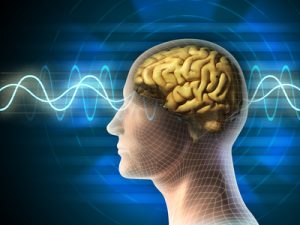NEWS
Why do we sleep?

München (netdoktor.de) – Sleep is only apparently a state of rest. While humans and animals slumber, important regeneration processes take place. Among other things, the brain is freed from toxic substances that may be involved in the development of Alzheimer’s and other neurodegenerative diseases. This is what researchers at the University of Rochester Medical Center in New York discovered.
Fast flow in the head
Maiken Nedergaard’s team first injected dyes into the brain fluid of mice. They observed that the brain fluid circulated much faster when the animals were asleep or anaesthetised. „We were amazed at how low the flow rate was when the animals were awake,“ said Nedergaard. The researchers found the reason for this in further experiments: During sleep, the distance between the brain cells increased by 60 percent. This apparently enabled the rapid removal of harmful substances that had accumulated in the brain during the awake phases. This ability could be decisive for the health of the thinking organ.
Previous studies have already provided evidence that toxic molecules involved in the development of neurodegenerative diseases accumulate between brain cells. These include beta-amyloid, which accumulates in the heads of Alzheimer’s patients and eventually forms harmful plaques.
Sleep cleanses the brain
In fact, an injection of labelled beta-amyloid into the brain fluid of mice showed that the toxic substance was degraded much faster during sleep than when awake. „We need sleep, it cleanses the brain,“ says Nedergaard.
Scientists have long been wondering why people and animals have to sleep. It is known that sleep is important to organize newly learned knowledge. But the fact that a massive sleep deficit has dramatic effects on mental and physical performance has not yet been explained. The assumption that important biological processes take place during sleep has now been confirmed by the current study. (cf)
Quelle: Xie et al „Sleep initiated fluid flux drives metabolite clearance from the adult brain.“ Science, October 18, 2013. DOI: 10.1126/science.1241224
Zurück zu: News-Archiv